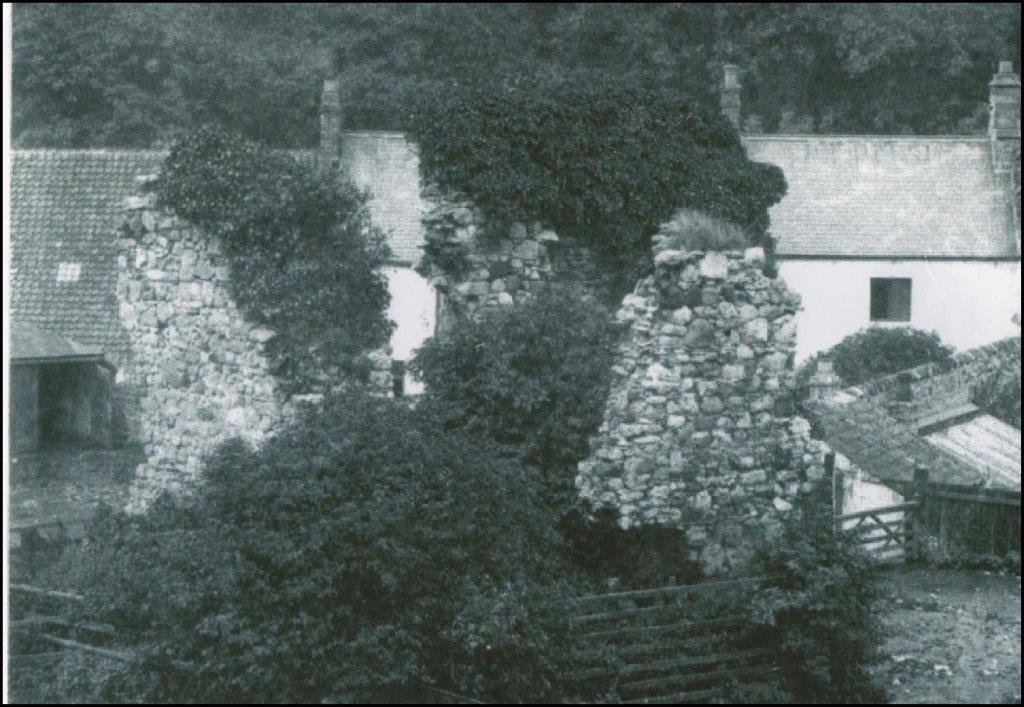
Seaham
Dalden Tower
Last Updated:
23 Jun 2024
Seaham
This is a
Manor House, Pele
54.831652, -1.347349
Founded in
Current status is
Ruined
Designer (if known):

Scheduled Ancient Monument
Sadly the gates were locked as it were the crack of dawn but these are the remains of Dalden Tower, a medieval tower house which has stood here since at least the 14th century.
It was built by the Escolland family - Normans who came over during the conquest and settled across the North East. William Escolland was also attached to the first mention of Byker in 1198, while Jordem de Escolland was present during the effective "birth" of Sunderland, providing the rights to merchants to develop as a port "towards the close of the 12th century".
It was more of a stronghold than a single house - a series of buildings with a central tower at least 2 storeys high and the manor house which remains today, some of which dates after 1603. There's also remains of a Jacobean hall attached to the east side, as well as a potential moat, but being locked out I sadly couldn't get any shots.
Many well known landed northern surnames passed through here. The Bowes family occupied it from the 14th century and built much of the surviving complex including the hall, and some 300 years later passed to the Collingwoods then the Milbanks. They were likely the constructors of the pele tower. The Londonderry's were the final owners of this place. Most of these families exploited the lands nearby for salts and coal, so owning such land exerted considerable influence.
Much of the ruin has been collapsed and demolished, and some of the stones were used to construct Dalden Hall which stood adjacent. It appears this was a farming complex in the 19th century, complete with a gin gang and stables.
Nowadays the site is a scheduled ancient monument, and features various striking structures including a well and various earthworks. The site is generally locked however.
Listing Description (if available)


Both Ordnance Survey maps here illustrate the site in the second half of the 19th century. You'll notice Dalden Tower is in medieval scripture, indicating its "ancient status", next to Dawden Hall which used some of the tower's masonry during construction. This was quite clearly a farmstead with gin gang, a horse engine, and stables. Paths also led to a medieval fishpond which are few and far between today. Extensions were made to Dawden Hall in the decades running to the 1890s, and "The Dene" villa house was also constructed. The road between Seaham and Dalton-le-Dale was also formalised, whereas in the mid 19th century this was a raggedy line of footpaths and worn dirt roads.

The 1922 Ordnance Survey illustrates the development of Seaham, constantly expanding its peripheries towards Dawdon Dene. The hall appears to have remained until at least the 1920s.

The remains and ruins of Dalden Tower in 2024

The view from the north of the ruins in 2024

An undated shot of the ruins, with Dawdon Hall in the background. Source: Dalton-le-Dale History Society http://dalton-le-dalehistorysociety.org/ThenAndNow.cshtml?Page=Then%20and%20Now&SubPage=Dalden%20Towers
